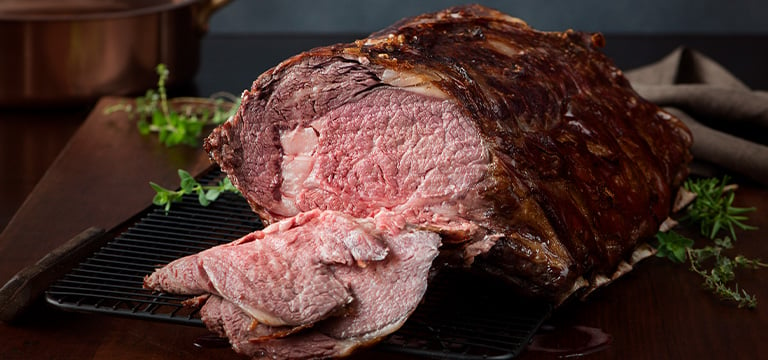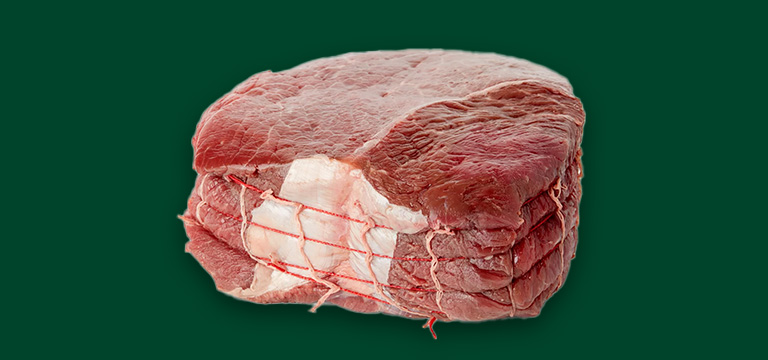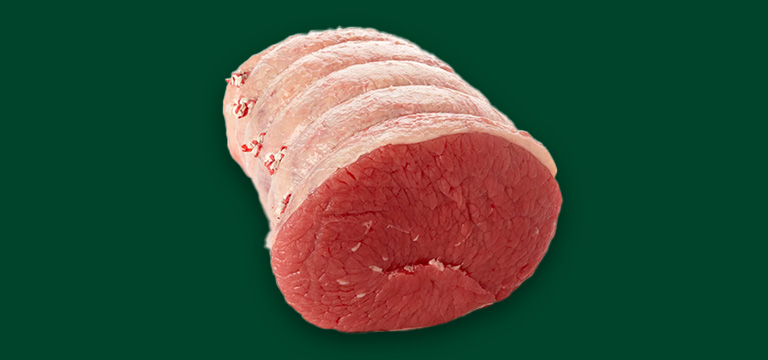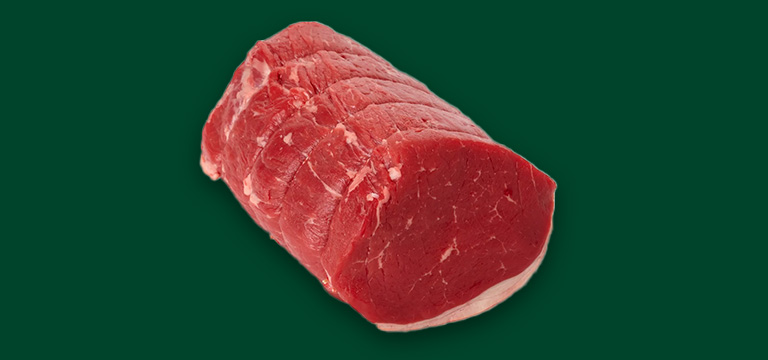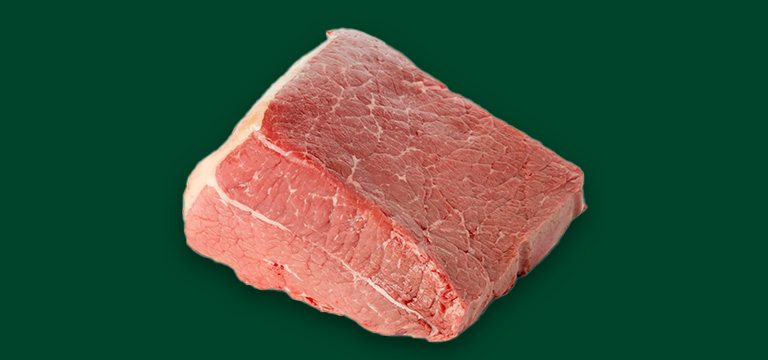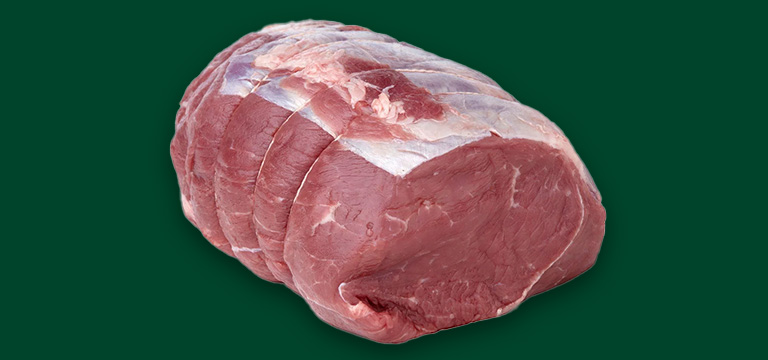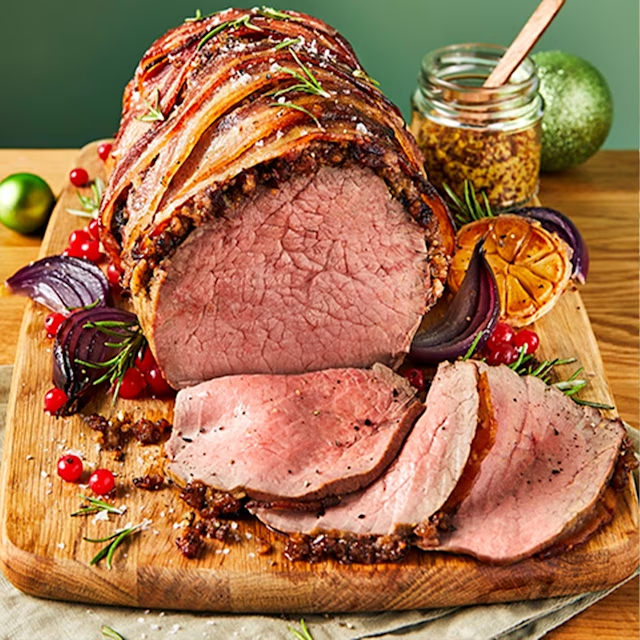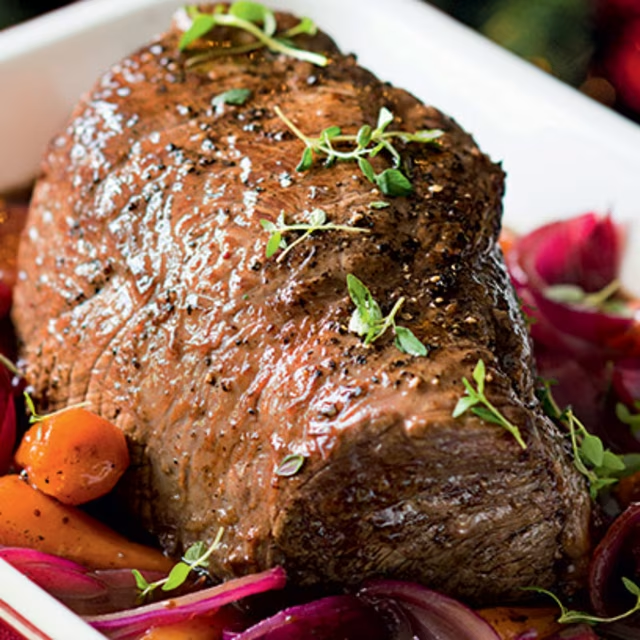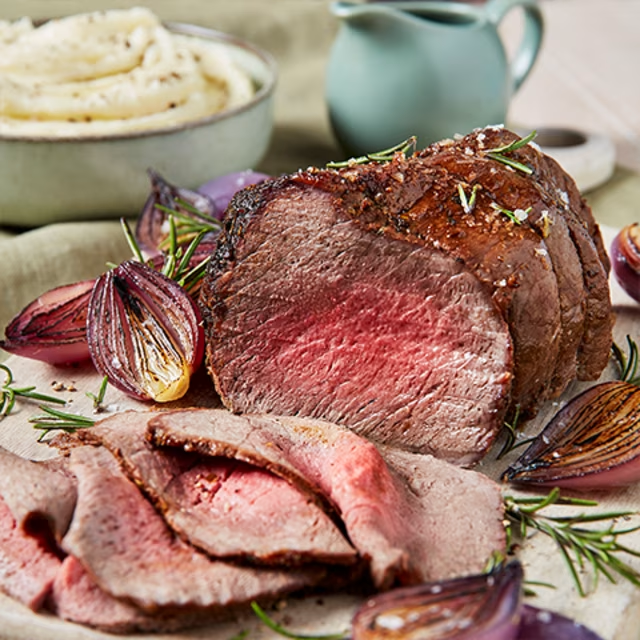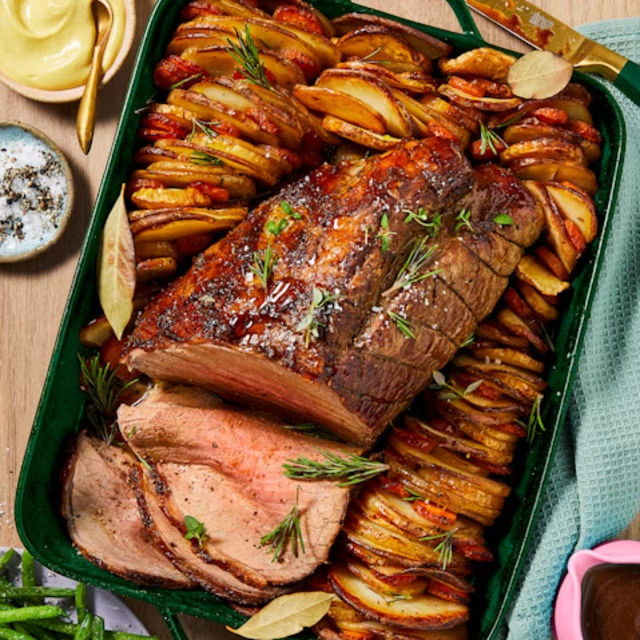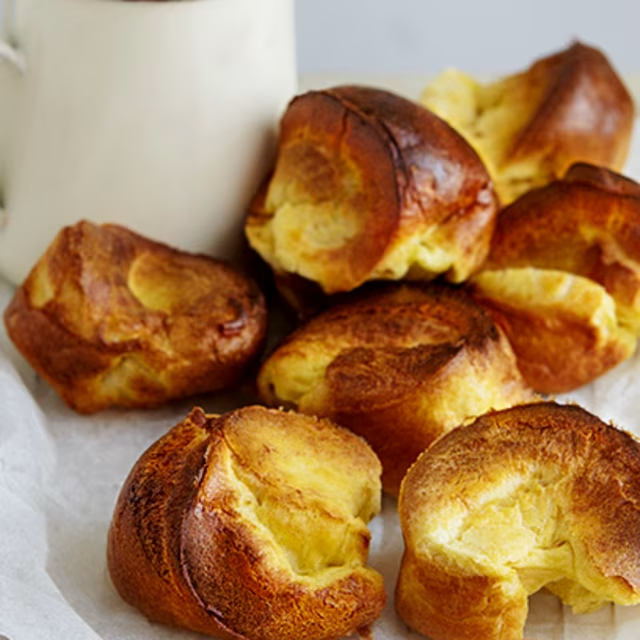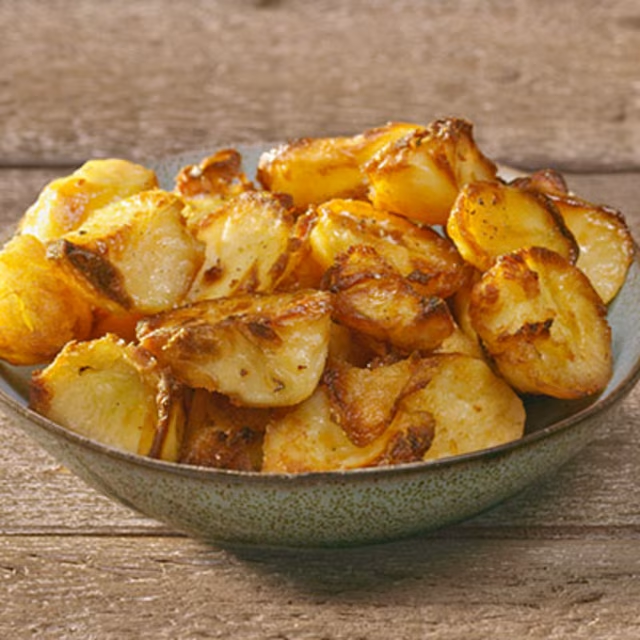Choosing the Right Cut of Beef
Want to know the secret to a proper roast beef? It all starts with choosing the best beef cut for roasting, and we're here to help guide you to your perfect match!
A few key things are worth considering when selecting your beef. First up, marbling. Those little white flecks of fat within the meat? They're your best friend! They're absolutely crucial for both juiciness and flavour and the more you see, the more succulent your roast will be.
Of course, your budget matters too. Cuts like rib are some of the best for roasting, but they can be expensive. If you want to spend less, topside and silverside are excellent alternatives.
Here's a quick rundown of the most popular beef cuts:


